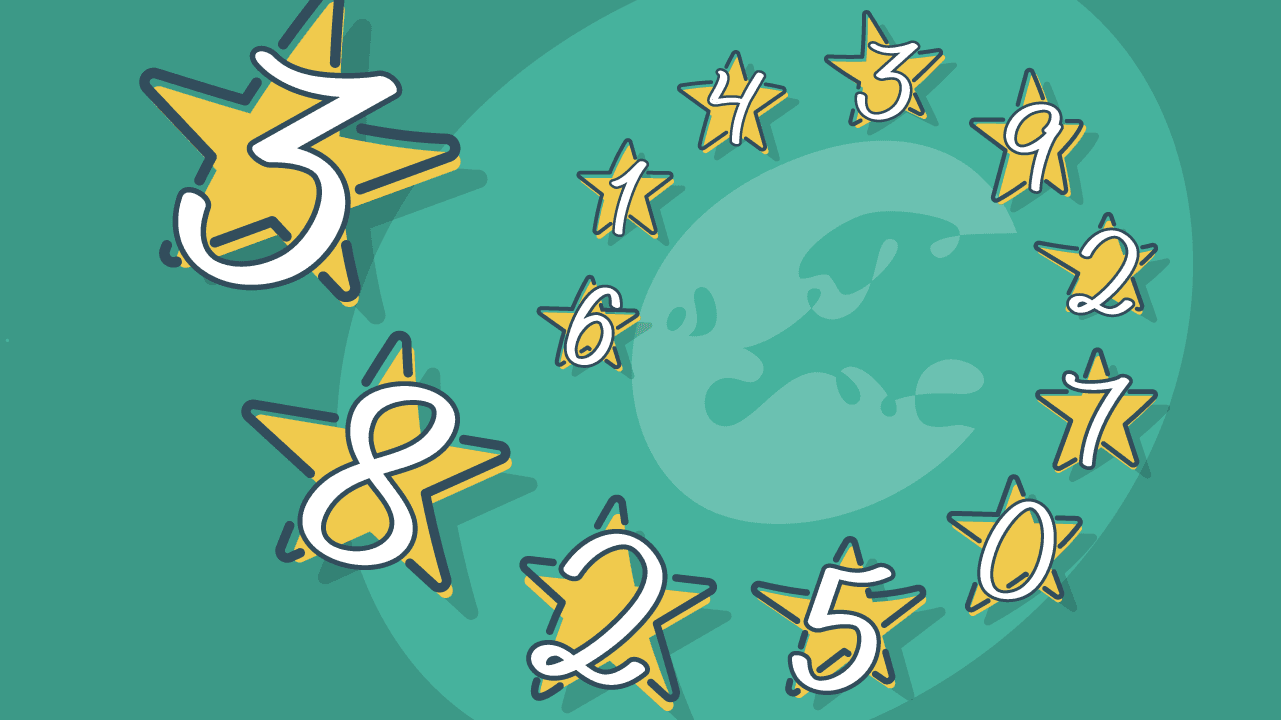You're here:
Why you need a VAT Identification Number

Heads up, US business owners!
Even if you’ve never missed a sales or use tax payment, there’s another tax you could be obligated to pay. If you sell to consumers in the European Union (EU), VAT Number and VAT payments need to be on your radar.
“VAT” stands for value-added tax, and it’s a consumption tax paid by EU consumers when purchasing physical and digital goods and services. If you’re a non-EU business selling to EU consumers, you may be responsible for collecting and remitting these fees. Read on to discover why your business may need a VAT identification number.
What is a VAT Identification Number?
Similar to your EIN number or FTIN, a VAT identification number is the specific number used by EU state governments to track your business’s activities. You’ll use it to track VAT payments, file returns and earn tax credits.
You’ll receive your EU VAT number (or VRN, for “VAT registered number”) after registering to pay your digital tax. Don’t worry - registering for EU VAT is easier than it sounds!
Here's a quick explainer video to break this concept down for you:
VAT Number vs EIN
The biggest distinguishing factor between VAT (Value Added Tax) numbers and EIN (Employer Identification Numbers) lies in their geographical and functional application within business and taxation frameworks. The EIN, assigned by the U.S. Internal Revenue Service (IRS), primarily serves as a unique identifier for businesses in the United States for tax purposes, notably for handling payroll taxes and complying with federal tax obligations. In contrast, the VAT number is crucial for businesses in countries that implement Value Added Tax, allowing these entities to legally charge VAT on sales and reclaim VAT on purchases. While the EIN is indispensable for U.S. businesses in managing employee-related taxes and federal compliance, the VAT number facilitates the collection and remittance of Value Added Tax on goods and services in VAT-implementing countries, marking the fundamental distinction in their roles across different tax systems.
How to use an EU VAT Identification Number
There are several moments when your VAT number comes into play. In fact, using the number is often required at certain steps of the sales process or when filing a tax return.
When do I charge VAT?
If you’re a US-based business selling digital goods to EU customers, congrats! You get the honor of collecting VAT.
But if you’re selling to EU businesses or selling physical products to EU consumers, you can skip it. B2B sales will be covered by the reverse-charge mechanism, while the VAT on physical product sales will be paid on import through customs.
Important note: In order to use the reverse-charge mechanism, you must collect the EU VAT identification number from the customer at the point of sale.
Always put your EU VAT number and your customers’ numbers on the receipt or invoice.
When do I file a VAT return?
You file an EU VAT return every quarter, even if you haven’t made any sales during those three months. Some high-grossing businesses must file VAT returns every month, whereas lower earning businesses only need to file once per year. This will be adjusted over time as you file.
However, when you initially register for an EU VAT number, your filing frequency will always be quarterly.
You must use your VAT identification number to report your sales and remit any VAT payments through the EU One-Stop Shop (OSS). The OSS is a streamlined tax system throughout the European Union. You will simply file one comprehensive VAT return in the country where you originally registered for your VAT number.
What happens if I don’t use a VAT Identification Number?
Failing to register for VAT and failing to pay it is a lot like failing to pay the taxes you owe in the US. EU tax authorities probably aren’t going to come busting down your door (unless you really owe a lot!).
But you could find yourself subject to fines, back payments, and even fraud charges, if it turns out you deliberately ignored your obligations.
Penalties like these may not be a big deal for multinationals with highly-paid legal counsel on retainer. But if you’re a small company or solopreneur? Even modest fees could put you out of business.
There’s a moral argument here, too. You benefit from selling to EU consumers. Shouldn’t you be subject to the same taxation policies as EU sellers? Trust us. You’ll sleep better at night knowing you’ve correctly fulfilled your VAT obligations.
How can I get help with VAT compliance?
Registering for a VAT number is easy. But actually staying on top of invoicing, returns filing, and compliance? That’s where things get tricky. VAT compliance is intentionally convoluted and confusing, and not to mention, ever-changing, without notice. Sounds like a nightmare, right? It is, we know.
If you’re a US-based business that owes VAT on the sale of digital goods, a partner like Quaderno can help you cut through the bureaucracy of EU distance selling regulations and stay on the straight and narrow. Quaderno is a tax compliance automation tool designed for online businesses, to help you save time, money, and stress overall.
If you're still hungry for more information, we encourage you to sign up for our newsletter to stay on top of tax compliance. Every 2 weeks, we send out our Tax Made Simple newsletter to share the latest, and not-so-greatest, ways that you have to comply with taxes all over the world.
Sign up below and we'll help you stay on top of a subject that no one actually really wants to research 👍
Note: At Quaderno we love providing helpful information and best practices about taxes, but we are not certified tax advisors. For further help, or if you are ever in doubt, please consult a professional tax advisor or the tax authorities.
